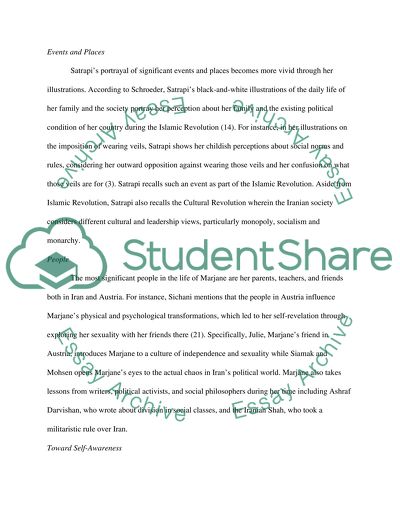Cite this document
(“An argument about The Complete Persepolis Essay”, n.d.)
An argument about The Complete Persepolis Essay. Retrieved from https://studentshare.org/literature/1463810-an-argument-about-the-complete-persepolis
An argument about The Complete Persepolis Essay. Retrieved from https://studentshare.org/literature/1463810-an-argument-about-the-complete-persepolis
(An Argument about The Complete Persepolis Essay)
An Argument about The Complete Persepolis Essay. https://studentshare.org/literature/1463810-an-argument-about-the-complete-persepolis.
An Argument about The Complete Persepolis Essay. https://studentshare.org/literature/1463810-an-argument-about-the-complete-persepolis.
“An Argument about The Complete Persepolis Essay”, n.d. https://studentshare.org/literature/1463810-an-argument-about-the-complete-persepolis.


